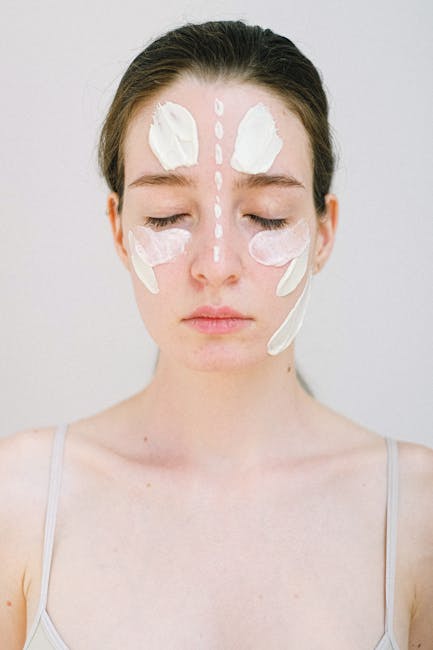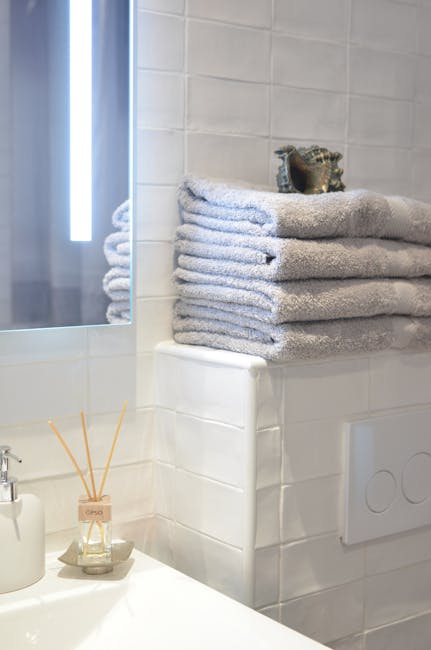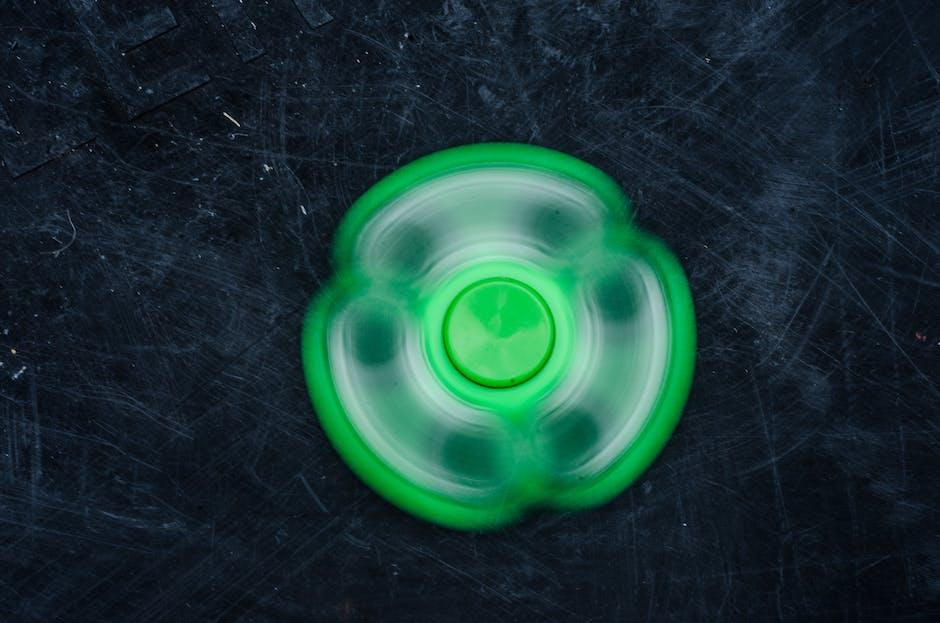How To Create A Personal Retreat At Home For Mental Rejuvenation
In the hustle and bustle of life, it’s easy to forget the importance of taking time for ourselves. This blog post will guide you on how to create a personal retreat at home, a sanctuary where you can rejuvenate your mind and spirit. Why should you keep reading? Because mental rejuvenation is not a luxury, it’s a necessity. And the best part? You can do it right in the comfort of your own home.
Key Takeaways
- The importance of mental rejuvenation and the benefits of a home-based retreat.
- How to plan your personal retreat with intention and balance.
- Core activities for mental rejuvenation, including meditation, journaling, and body movement.
- Supporting elements for a rejuvenating retreat, such as music, food, and creating a serene space.
- Reflecting and adjusting throughout your retreat to maximize its impact on your well-being.
Introduction to Creating a Personal Retreat at Home
Importance of mental rejuvenation
Mental rejuvenation is about giving your mind a break, a chance to rest and recharge. It’s about stepping away from the daily grind and giving yourself permission to focus on your well-being. Mental rejuvenation can boost your mood, increase your productivity, and improve your overall mental health.
Benefits of a home-based retreat
Creating a personal retreat at home allows you to escape without actually leaving. It’s cost-effective, convenient, and can be tailored to your specific needs and preferences. A home-based retreat offers the comfort and familiarity of your own space, making it easier to relax and unwind.

Planning Your Personal Retreat
Setting intentions and goals
Make a list of things you’ve been wanting or needing to do
Start by identifying what you want to achieve during your retreat. This could be anything from catching up on sleep, to reading a book, or even learning a new skill.
Create a list of activities you’d like to do if you had time
Think about activities that you enjoy but rarely have time for. This could be painting, gardening, or even just taking a long bath. Your retreat is the perfect time to indulge in these activities.
Identifying your “Big Rocks” for success
“Big Rocks” are the most important tasks or goals that you want to focus on during your retreat. Identifying these will help you prioritize and ensure that you spend your time effectively.
Theming your retreat days
Choosing inspirational words or concepts for each day
Each day of your retreat can have a theme or focus. This could be relaxation, creativity, or self-discovery. Having a theme can guide your activities and help you stay focused.
Scheduling for balance and well-being
Avoiding overloading each day
While it’s important to have goals and activities, remember that your retreat is about relaxation and rejuvenation. Avoid overloading your schedule and allow time for rest and spontaneity.
Ensuring activities contribute to your well-being
Choose activities that contribute to your mental, physical, and emotional well-being. This could be yoga, meditation, or even just spending time in nature.

Core Activities for Mental Rejuvenation
Meditation Ideas
Various techniques and practices for mental clarity
Meditation is a powerful tool for mental rejuvenation. There are various techniques you can try, from mindfulness meditation to guided visualizations. If you’re new to meditation, you might find our best daily meditation guide helpful.
Journaling Prompt Ideas
Prompts for self-reflection and emotional release
Journaling can be a therapeutic activity that allows you to express your thoughts and feelings. You can use prompts for self-reflection, such as “What am I grateful for?” or “What do I need to let go of?”
Body Movement Ideas
Exercises promoting mental and physical well-being
Physical activity is not only good for your body, but also for your mind. This could be yoga, dancing, or even just a walk in the park. If you’re interested in yoga, check out our yoga retreat guide.
Heart and Mind Opening Practices
Activities fostering emotional healing and personal growth
These are activities that help you connect with your emotions and foster personal growth. This could be art therapy, music therapy, or even spending time in nature. Our guide on the benefits of spending time in nature for stress reduction might inspire you.

Supporting Elements for a Rejuvenating Retreat
Music Ideas
Creating a calming and uplifting environment
Music can set the mood for your retreat. Choose music that calms and uplifts you. This could be classical music, nature sounds, or even your favorite songs.
Food Ideas
Nourishing and wholesome meal suggestions
Food is an important part of your retreat. Choose meals that are nourishing and wholesome. This could be fresh fruits and vegetables, whole grains, or even your favorite comfort food.
Creating a serene retreat space
Tips for transforming your home into a retreat sanctuary
Your environment plays a big role in your retreat. Create a serene space that promotes relaxation and well-being. This could be a cozy corner with a comfortable chair and soft lighting, or even your backyard. For more tips, check out our guide on creating a calming self-care space at home.
Reflecting and Adjusting Throughout Your Retreat
Journaling as you go
Tracking mental and physical feelings daily
Keep a journal during your retreat to track your mental and physical feelings. This can help you identify patterns and make adjustments as needed.
Looking for insights and progress
Reflect on your experiences and look for insights and progress. This can help you understand what works for you and what doesn’t, allowing you to make the most of your retreat.
Being flexible with your schedule
Allowing time for rest and spontaneous activities
While it’s important to have a schedule, be flexible. Allow time for rest and spontaneous activities. Remember, this is your retreat and you can do what feels right for you.
Evaluating the retreat’s impact on your well-being
At the end of your retreat, take time to evaluate its impact on your well-being. Reflect on what you’ve learned and how you feel. This can help you plan future retreats and continue your journey of mental rejuvenation.
Creating a personal retreat at home is a wonderful way to prioritize your mental well-being. It’s about taking time for yourself, to rest, recharge, and rejuvenate. So why not start planning your retreat today? Your mind and body will thank you. (source: Good Grit Mag, Be My Travel Muse)
Everything You’ve Ever Wanted to Know: Crafting Your Personal Retreat at Home FAQ
What is a personal retreat at home?
A personal retreat at home is a dedicated time and space you create for yourself to disconnect from your daily routine, focus on personal growth, relaxation, or creativity. It’s a way to recharge mentally, emotionally, and sometimes physically, without the need to travel or spend a lot of money. This can involve activities like meditation, reading, yoga, or anything that nurtures your soul and brings you peace.
Why should I consider creating a personal retreat at home?
Creating a personal retreat at home allows you to take a break from the hustle and bustle of daily life and focus on your well-being. It’s an opportunity to reflect, reset, and rejuvenate your mind and body. This practice can help reduce stress, improve mental health, boost creativity, and enhance your overall quality of life by giving you the time and space to focus on what truly matters to you.
How do I start planning my personal retreat at home?
Start by deciding on the duration of your retreat, which could range from a few hours to a whole weekend. Next, choose activities that align with your goals for the retreat, whether it’s relaxation, creativity, or personal growth. Prepare your space by ensuring it’s clean, comfortable, and free from distractions. Finally, inform your family or housemates about your plans to ensure uninterrupted time for yourself.
What are some activities I can include in my personal retreat?
Your activities should reflect your retreat’s purpose. For relaxation, consider meditation, yoga, or long baths. For creativity, engage in writing, painting, or crafting. If your focus is on personal growth, you might include reading self-help books, journaling, or online courses. Remember, the goal is to do things that feed your soul and make you feel rejuvenated.
How can I create a peaceful retreat space at home?
Choose a quiet, comfortable spot in your home where you’re unlikely to be disturbed. This could be a spare room, a cozy corner, or even your garden. Make the space inviting with comfortable seating, soft lighting, and perhaps some plants or calming artwork. Remove any clutter and distractions, such as electronics, to help maintain a peaceful environment.
Can I have a personal retreat if I live with others?
Absolutely! Communication is key. Let your housemates or family members know the dates and times of your retreat and the importance of this uninterrupted time for you. Consider scheduling your retreat when others are less likely to be home, or ask if they can support you by keeping noise to a minimum and respecting your space.
What should I do if I find it hard to disconnect from work or social media?
Setting boundaries is crucial for a successful retreat. Inform your colleagues and friends that you’ll be unavailable during your retreat time. Turn off your phone, or use app blockers to limit access to work emails and social media. Remember, the purpose of the retreat is to focus on yourself, so give yourself permission to disconnect.
How often should I plan a personal retreat?
The frequency of your personal retreats depends on your schedule and needs. Some people benefit from a monthly day-long retreat, while others might prefer a quarterly weekend retreat. Listen to your body and mind; if you’re feeling overwhelmed or disconnected, it might be time for a retreat. Regular retreats can help maintain your mental, emotional, and physical well-being.
Do I need a big budget to create a personal retreat at home?
Not at all. The beauty of a home retreat is that it can be as simple or elaborate as you choose. The focus is on creating a space and time for yourself that encourages relaxation and growth. Many activities, like meditating, reading, or practicing yoga, require little to no money. The key is to use what you have and focus on your inner experience rather than external factors.
How can I ensure I follow through with my planned retreat?
Treat your retreat with the same importance as any other appointment. Mark it on your calendar, prepare your space and activities in advance, and communicate your plans with others to minimize interruptions. Setting clear intentions for your retreat can also help motivate you to follow through. Remember, this time is a gift to yourself, so honor it as you would any commitment.



